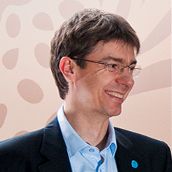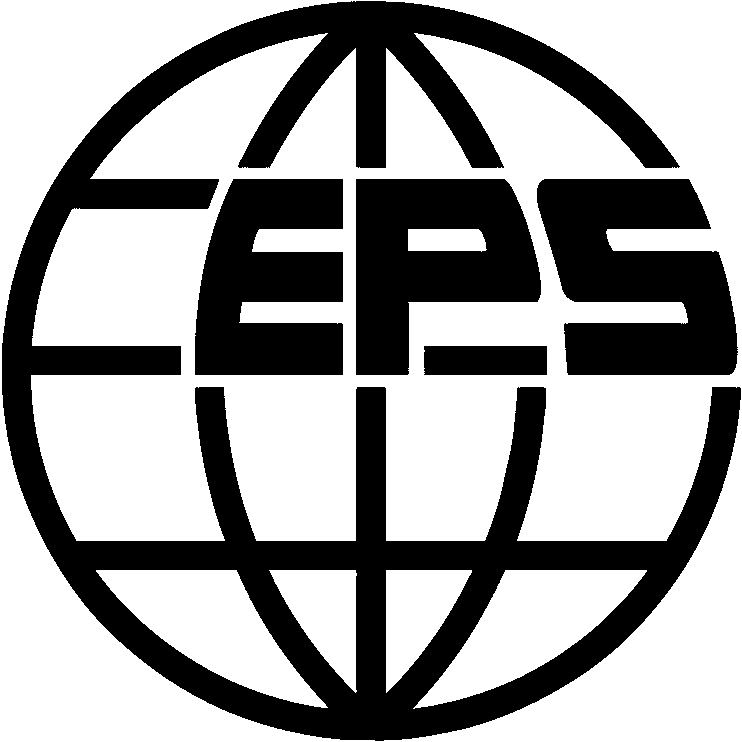Invited speakers
István Juhos

GeoGebra Hungary
International GeoGebra Institute
1106 Budapest, Hungary
istvan@geomatech.org
István Juhos received his PhD degree in computer science from the University of Szeged, Hungary. He has number of relevant degrees in computer science and mathematics, moreover he held various courses in these topics at the University of Szeged for 15 years. Besides leading numerous theoretical and applied research and development projects and publishing scientific papers, he is member of several international journals and conference committees. István joined the GeoGebra community two years ago as GeoGebra Science Ambassador. He is now supporting the GeoGebra in the STEM education, coordinating different educational and development projects, such as the GeoMaTech countrywide governmental project in Hungary.
Title
GeoGebra - Dynamic Mathematics & Science for Everyone
Abstract
GeoGebra represents a digital learning environment that was designed to combine graphics, algebra, and statistics in a single, dynamic user interface. This open-source system is rapidly gaining popularity in the teaching and learning of mathematics and science around the world. GeoGebra facilitates the creation of mathematical constructions and models by students that allow interactive explorations by dragging objects and changing parameters. Furthermore, it is also an authoring tool that allows teachers to create interactive web-pages with embedded GeoGebra applets based on Java and now on HTML5 technology. Apart from its core use in mathematics classrooms around the world, GeoGebra is now being applied by a growing number of users in science and engineering both in academia as well as in companies due to its easy-to-use nature.
Theodore Hodapp

Director of Education and Diversity Programs
American Physical Society, One Physics Ellipse
College Park, MD 20740
hodapp@aps.org
Theodore Hodapp is the Director of Education and Diversity for the American Physical Society (APS) in College Park, Maryland. The APS Department of Education and Diversity runs programs that advocate issues relevant to minorities and women, and in areas of education and careers. Ted is also Principal Investigator of a large NSF and APS-funded national effort, the Physics Teacher Education Coalition, which seeks to improve the quality and quantity of physics and physical science K-12 teachers. Before coming to the APS, Dr. Hodapp served as Program Director in the National Science Foundation's Division of Undergraduate Education, working with programs in curriculum development and implementation, teacher preparation, scholarships, and the National Science Digital Library (he is currently co-PI on the ComPADRE digital library project that is collecting physics education materials throughout the country). Prior to coming to the NSF, Ted was professor and chair of the Hamline University Physics Department in St. Paul, Minnesota. He served as chair of the Physics and Astronomy Division of the Council on Undergraduate Research, and is a Fellow of the American Physical Society. His research interests include laser cooling, optical modeling, and physics education research..
Title
Distance Learning in Physics: Educational research and economic implications
Abstract
Distance education and on-line learning tools and courses have been around for decades,however, recent expansions of platforms like Coursera and edX have shaken the higher education community and forced many educators to consider the potential of these developments. Physics is not immune from the threats or the benefits, despite a reluctance of many educators to understand or engage in this paradigm. Absent from the discussions are economic models of sustainability in some platforms, and education research to inform effectiveness in others. To better understand the issues, and investigate how physics educators are comprehending and coping with challenges brought by distance learning, the American Physical Society sponsored a 2-day workshop with physics education leaders in June 2013 to explore challenges, economic implications, and education research relevant to distance education and on-line learning. I will provide an overview of the outcomes of this gathering, and some insight into how post-secondary physics educators are approaching these tools and ideas.
François E. Cellier

Modeling and Simulation Research Group
Department of Computer Science
ETH Zurich, CH-8092 Zurich, Switzerland
FCellier@Inf.ETHZ.CH
François E. Cellier received his BS degree in electrical engineering in 1972, his MS degree in automatic control in 1973, and his PhD degree in technical sciences in 1979, all from the Swiss Federal Institute of Technology (ETH) Zurich. Dr. Cellier worked at the University of Arizona as professor of Electrical and Computer Engineering from 1984 until 2005. He recently returned to his home country of Switzerland. Dr. Cellier’s main scientific interests concern modeling and simulation methodologies, and the design of advanced software systems for simulation, computer aided modeling, and computer-aided design. Dr. Cellier has authored or co-authored more than 200 technical publications, and he has edited several books. He published a textbook on ContinuousSystem Modeling in 1991 and a second textbook on Continuous System Simulation in 2006, both with Springer-Verlag, New York.
Title
Teaching Physics by Modeling
Abstract
The teaching of the basis of physics varies widely between engineering and physics departments. Whereas students of physics focus on the principles of physics, i.e., on the basic phenomena that govern our physical universe, students of engineering sciences emphasize the interactions between components of physical systems. Thus, whereas the education of physicists is phenomenological in nature, that of engineering students is primarily systemic. Engineering students learn to think in terms of systems and their interactions. Both viewpoints have their pros and cons. Both are useful, but both deprive their learners of important facets. Whereas physicists often are poorly trained in understanding complex system behavior, engineers often treat the underlying principles like black boxes. As they don’t fully comprehend the underlying physical principles, they sometimes overlook inherent limitations of the formulae that they apply to their system designs. In this presentation, we attempt to bring together the best of both worlds: Understanding is modeling, and modeling is understanding. We shall demonstrate how physics can be taught by modeling, and how this approach helps to deepen the understanding of the underlying physical principles while also supporting systemic thinking. Numerous examples shall demonstrate how black-box thinking may lead to misconceptions, and how sound physical modeling based on bond graphs can help unveil and correct these misconceptions.
Find out who forms part of the MPTL'18 commitee.
The timetable of the conference is already available.


